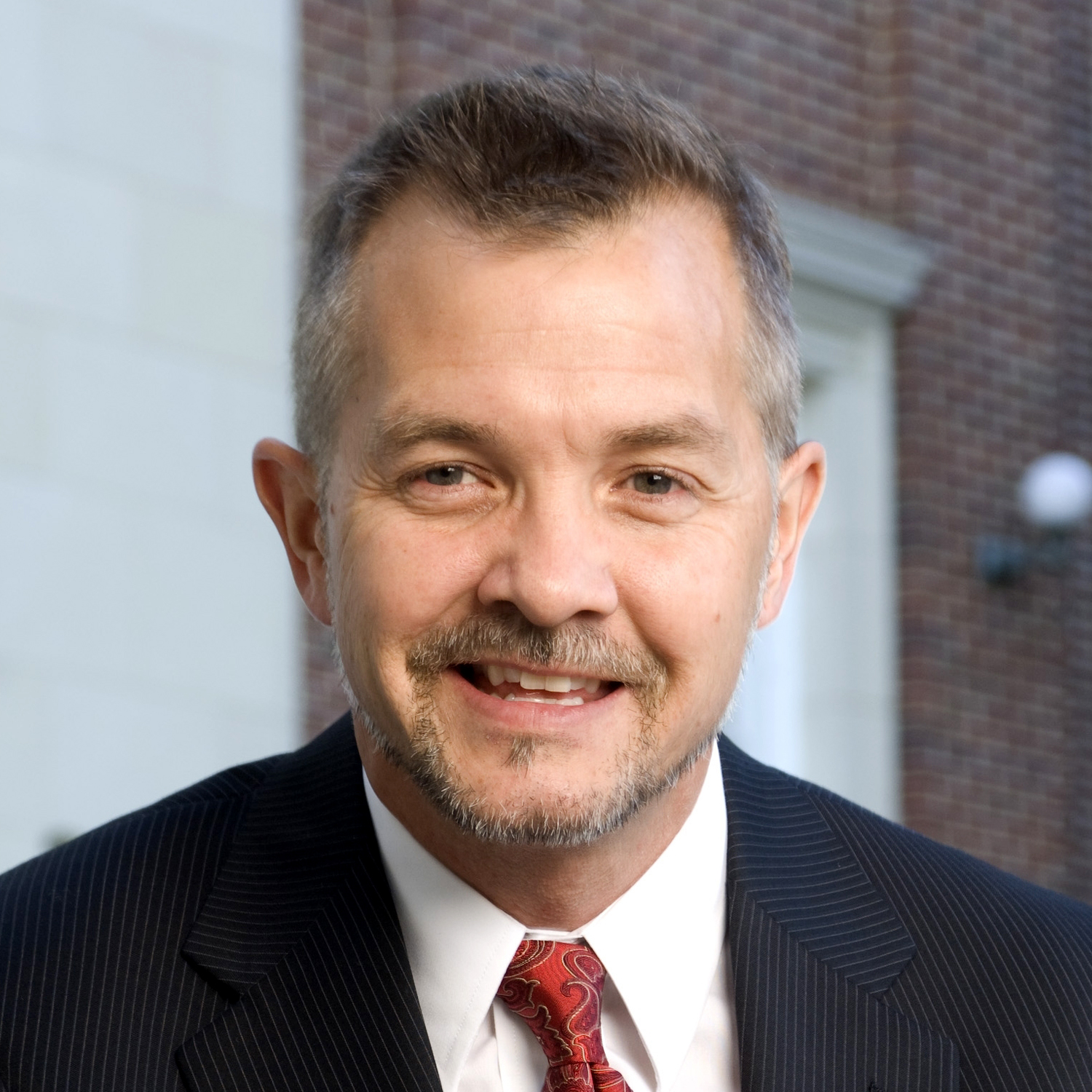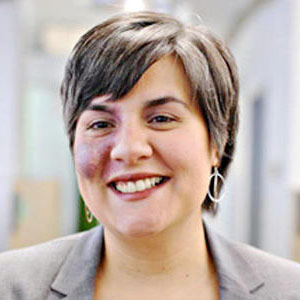How to make teaching a dream job
The Simmons School dean and the Teach for America CEO call for new ways to make teaching attractive.

By Elisa Villanueva Beard and David J. Chard
Students are back in school, but in too many classrooms, teachers are not. America's teacher shortage is not a problem everywhere, but it manifests locally, which adds up to real consequences for our country. Schools in low-income rural, tribal and urban areas have had trouble hiring for years. And there's a particular shortage of teachers for STEM subjects – science, technology, engineering and math – as well as for special education and English-as-a-second-language programs.
 David Chard |
 Elisa Villanueva Beard |
Educational inequity is a systemic problem that requires a systemic solution. The nation needs great teachers. And for the good of our schools and our kids, America needs individuals employed in many fields to advocate for changes in how we prepare, train and support educators. With the right reforms, the teaching profession can appeal to a new generation.
Some aspects of teaching already make it a match for millennials, who seek immediate opportunities for impact and leadership. They aspire to bring their whole selves to their work. They want to be innovative and make a powerful difference. On those counts, teaching is attractive. It's a challenging job that demands constant creativity and differentiation. It can change lives in the course of a school year, and teachers lead teams of students larger than most people will ever manage. It is fulfilling, collaborative, social and meaningful.
On other "dream job" criteria, however, teaching lags well behind other careers. In order to make teaching a viable option, we need to make changes in three areas: support, flexibility and compensation.
It's time for teacher preparation programs to acknowledge that people learn and grow in different ways. To accommodate this, it is critical to prepare teachers with evidence-based approaches. Preparation programs – both university-based and nontraditional – need support from policymakers to attract the broadest range of candidates. That support should be flexible so educators can innovate, test new approaches and be held accountable for outcomes. Flexibility also has to stretch geographically; when teachers relocate, greater efforts should be made to recognize licensure across state lines.
Because great teachers seek to have greater impact, schools need to encourage teachers' continuous growth by providing opportunities for tailored professional development, evaluation and mentoring. For example, connecting newer teachers with strong veteran educators makes mentoring purposeful. Sustaining teachers' growth would help districts determine the most effective classroom leaders and those with the potential to serve in other school leadership capacities.
Increasing base pay for teachers would raise both the prestige and the viability of this profession, as well as attract young people burdened by student debts. Becoming an educator and staying in the teaching profession needs to become a financially sound career choice for everyone, so we can achieve a diverse teaching force for an increasingly diverse student population. Schools and districts also need to be able to design their compensation systems to attract strong, diverse candidates to fill every position in every subject area, at every grade level and in every school.
In addition, forgiving teachers' student loans would be an attractive incentive. Teachers often say that their student loan debt weighs them down, and the cost of certification just to enter the profession can run into the thousands of dollars. While financial support from the federal AmeriCorps program enables many young people to become educators, the entire profession could attract more candidates if federal policies were put in place to ease their student loan debt, starting gradually as soon as they enter the classroom.

Despite the need for change, we're hopeful about the potential of a new generation of teachers. Many talented young people from every background are choosing to teach – turning down jobs in business and consulting and positions at prestigious graduate and professional schools – which gives us hope that America can solve educational inequity despite the challenges of teacher shortages.
By making adjustments to the teaching profession, we can attract a new generation that wants to make change.